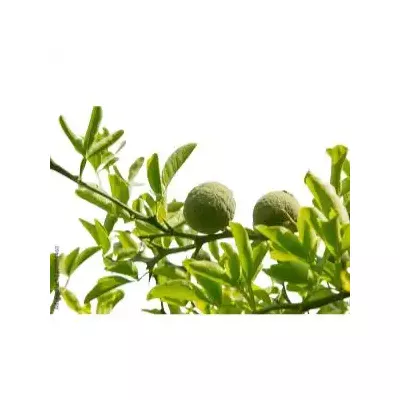



Bush Orange is a sturdy plant that fruits in plenty. They are excellent for making refreshing lemonade. Bush orange is more of lemon than orange.

Pay using UPI, Card or Netbanking

Shipping within 3 working days
Citrus trifoliata, commonly referred to as the Bush Orange, trifoliate orange or bitter orange, is a deciduous shrub or small tree in the Rutaceae family from eastern Asian countries. The Chinese Bush Orange is more like a lemon than an orange. They are excellent for lemonade. Though commonly considered a citrus fruit, many botanists consider it to belong to the Poncirus genus.
Citrus trifoliata, commonly known as the "trifoliate orange," gets its common name from its leaves that are divided into three leaflets and resemble a clover.
Bush Orange can grow throughout India, especially warm and humid climates
Bush Orange prefers warm, humid climates but can tolerate cold winters as well. It thrives best in well-drained soils with a pH between 5.5-7.5.
Though it can manage in partial shade, Citrus trifoliata does best when exposed to full sun.
Bush orange is a shrub that typically grows to a height of 10 to 12 feet. When planted on the ground, give a spacing of 8-10 feet.
When planting bush orange, it is essential that the soil be well-drained rich in organic matter.
The bush orange is a thorny plant. The plant has dense foliage with glossy leaves. Hence it is often grown as a hedge.
It is also ideal for planting in a pot, where it can remain compact while producing a large number of fruits.
Bush Orange requires regular watering, especially during dry spells. Otherwise, this plant is relatively low maintenance.
Though it is optional, Citrus trifoliata can be pruned to maintain its shape and size.
Bush Orange fruit are small in shape and orange in color, measuring 3 to 4 cm in diameter.
It is excellent for making lemonade. The fruit is used along with the peel to get a nice flavour. It is rich in antioxidants and vitamin C. It is used for making jam and pickles.
It is highly acidic and bitter to be consumed raw.
Bush Orange may be helpful in alleviating coughs, colds and digestive troubles.
Data sheet